


"One who has conviction & belief that these phenomena are this way is called a faith-follower: one who has entered the orderliness of rightness, entered the plane of people of integrity, transcended the plane of the run-of-the-mill. He is incapable of doing any deed by which he might be reborn in hell, in the animal womb, or in the realm of hungry shades. He is incapable of passing away until he has realized the fruit of stream-entry.
"One who, after pondering with a modicum of discernment, has accepted that these phenomena are this way is called a Dhamma-follower: one who has entered the orderliness of rightness, entered the plane of people of integrity, transcended the plane of the run-of-the-mill. He is incapable of doing any deed by which he might be reborn in hell, in the animal womb, or in the realm of hungry shades. He is incapable of passing away until he has realized the fruit of stream-entry.
"One who knows and sees that these phenomena are this way is called a stream-enterer, steadfast, never again destined for states of woe, headed for self-awakening."
In this short sutta Buddha talks about the importance seeing contact as impermanent and is subject to change as the sense stimuli arise and pass away. The person who has the true conviction that these phenomena behave in such a way is called faith-follower (Saddhānusāri). The person who is able to grasp and comprehend after reflecting on the them, how contact arise and pass away will gain access to a stage of enlightenment before stream entry called Dhamma-follower (Dhammānusārī). Finally Buddha said both these individuals are incapable of passing away till they realize fruits of stream entry (stream winner).
The fruits of stream entry (stream winner) is discussed in other posts.
Please see labes. Here are some examples.
Who is a stream-winner ?
stream-winners...never again destined for states of woe
Who is a stream-winner ?
The number of rebirths remaining for the stream-winner...
In ordinary day to day life we are bombarded with contact through our six senses all the time (Figure 2) chewing us away and we are unable to see this. Buddha gave an excellent simile for contact in one sutta. He compared contact to a flayed cow.
"And how is the nutriment of contact to be regarded?
Suppose a flayed cow were to stand leaning against a wall. The creatures living in the wall would chew on it. If it were to stand leaning against a tree, the creatures living in the tree would chew on it. If it were to stand exposed to water, the creatures living in the water would chew on it. If it were to stand exposed to the air, the creatures living in the air would chew on it. For wherever the flayed cow were to stand exposed, the creatures living there would chew on it. In the same say, I tell you, is the nutriment of contact to be regarded."
Puttamansa Sutta: A Son's Flesh
In the mind works model if you follow the flow chart you can see how contact arises. The contact is basically a union of thee things. For example the eye, the object and the eye-consciousness make the eye contact (Figure 1). The same principal applies for other five senses too (Figure 2). As the object changes, eye consciousness changes and so does the eye contact. These changes happen at such a rapid speed and it is almost impossible for us to see them clearly unless you train yourself. So in ordinary life with no training, we get caught up with different feelings (pleasant, unpleasant...) perceptions and mental formations (thoughts). However we fail to recognize that only the change in the contact caused all these changes in feelings, perceptions and thoughts in us Failure to recognize this results in suffering and continuous existence in the smasara (see the flow chart, Figure 2). This is the result of the unwise attention (Ayoniso manasikara) of the mind.
However Buddha said:
"When the nutriment of contact is comprehended, the three feelings [pleasure, pain, neither pleasure nor pain] are comprehended. When the three feelings are comprehended, I tell you, there is nothing further for a disciple of the noble ones to do."
Puttamansa Sutta: A Son's Flesh
The TheFoundations of Mindfulness: (Satipatthana Sutta) , the contemplation of the body (kayanupassana), feeling (vedananupassana), mind (cittanupassana), and mental objects (dhammanupassana) which is shown in yellow bubbles in the flow chart (Figure 3), is the training and will enable us to see things clearly. With wise attention (Yoniso manasikara) we can now contemplate on The Three Characteristics (ti-lakkha.na), Impermanence (Anicca), Suffering or Unsatisfactoriness (dukkha) and Not-self or Insubstantiality (anattaa) and this is the final common pathway of contemplation of insight.

















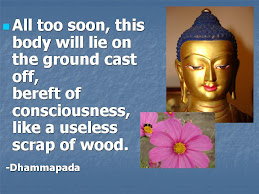

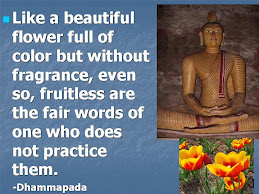
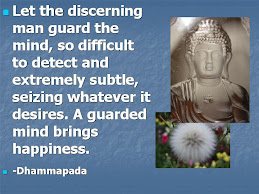

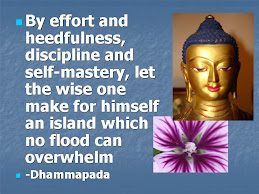

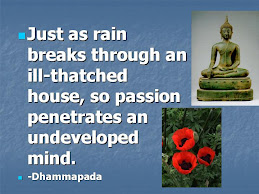

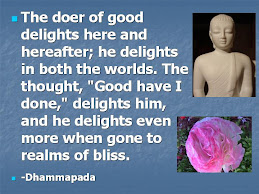
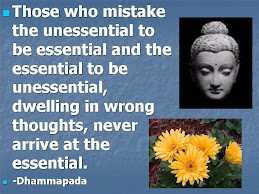
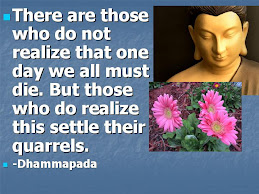
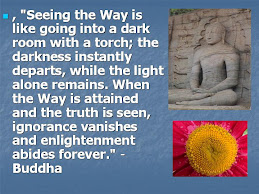

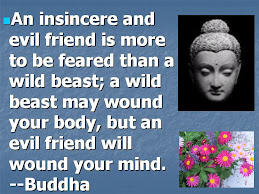
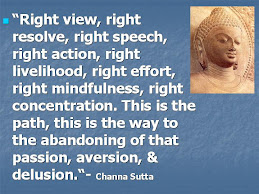

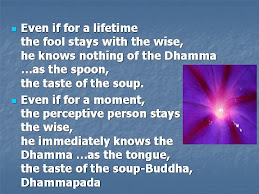



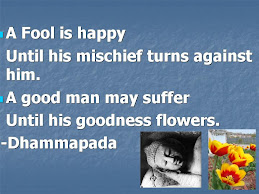
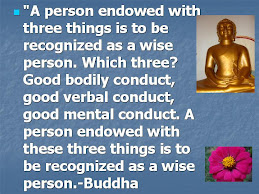

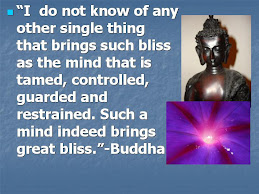
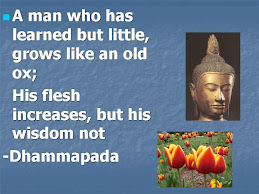
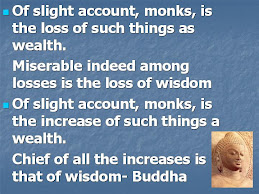
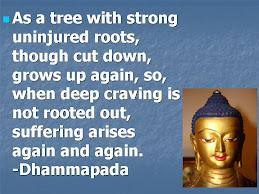
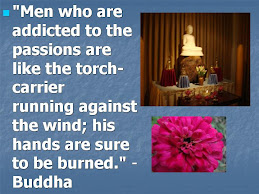


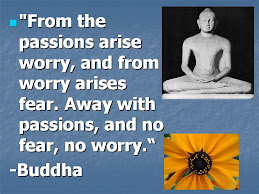
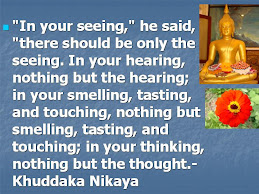




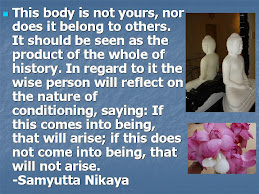
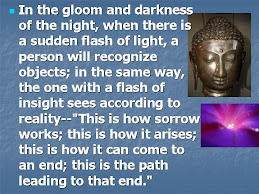
















No comments:
Post a Comment